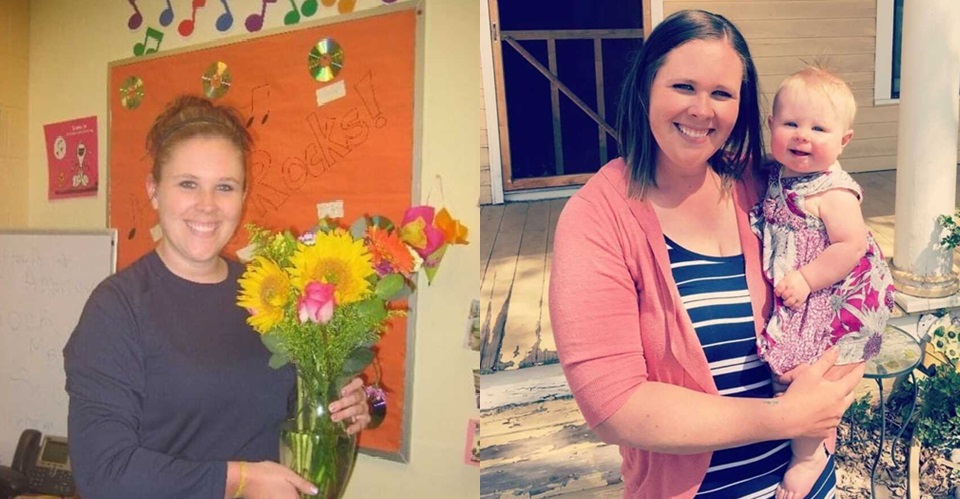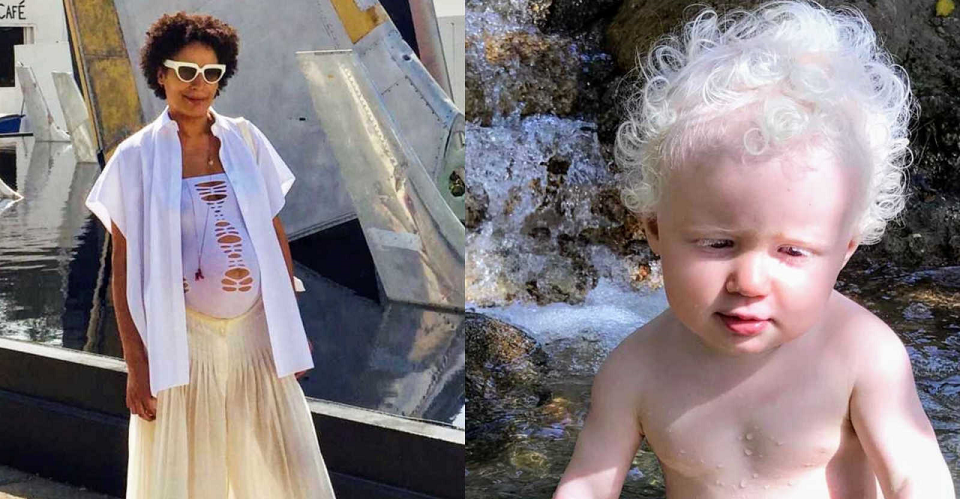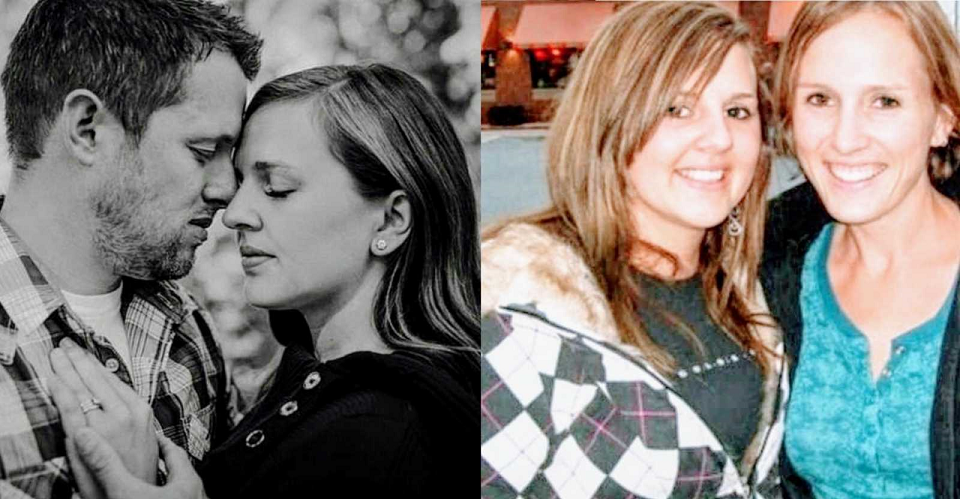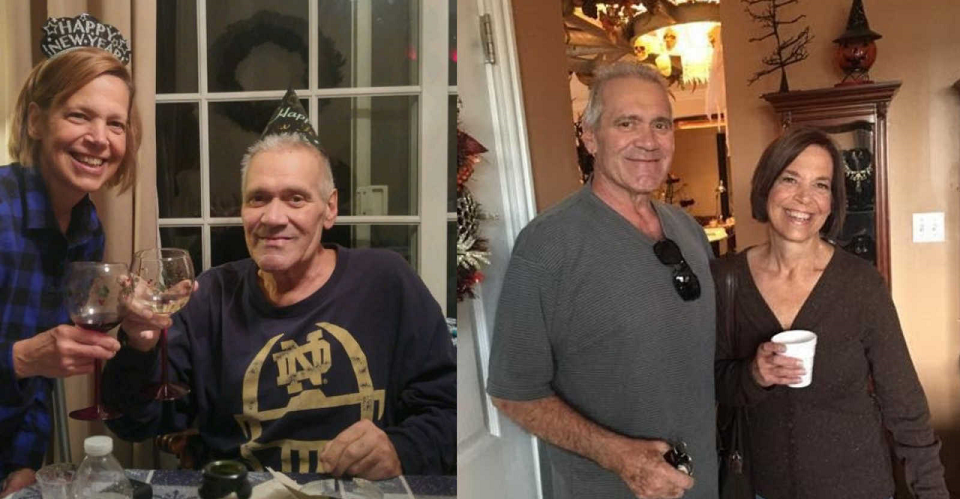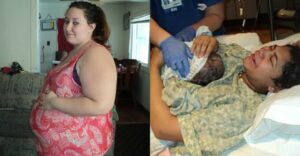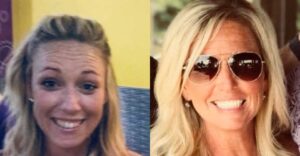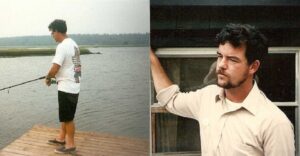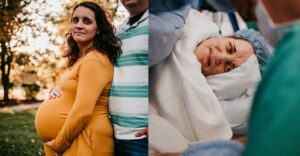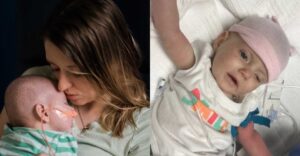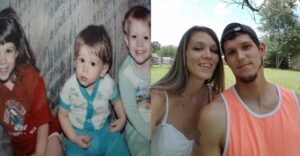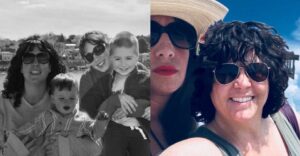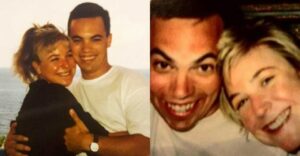She believes healing is possible because she’s living it, with one tool, prayer, and choice at a time, and she thinks you can, too. She was 23 when everything changed. After a Keith Urban concert in Colorado, she thought, “I should buckle up.” Minutes later, a distracted driver slammed into their car at a red light. She woke up with a broken neck and hazy memories, yet somehow walked out of the hospital the next day. The timing felt surreal; she’d just accepted her first teaching job, packed up life in Michigan, and moved to a small Colorado town to teach middle school choir.
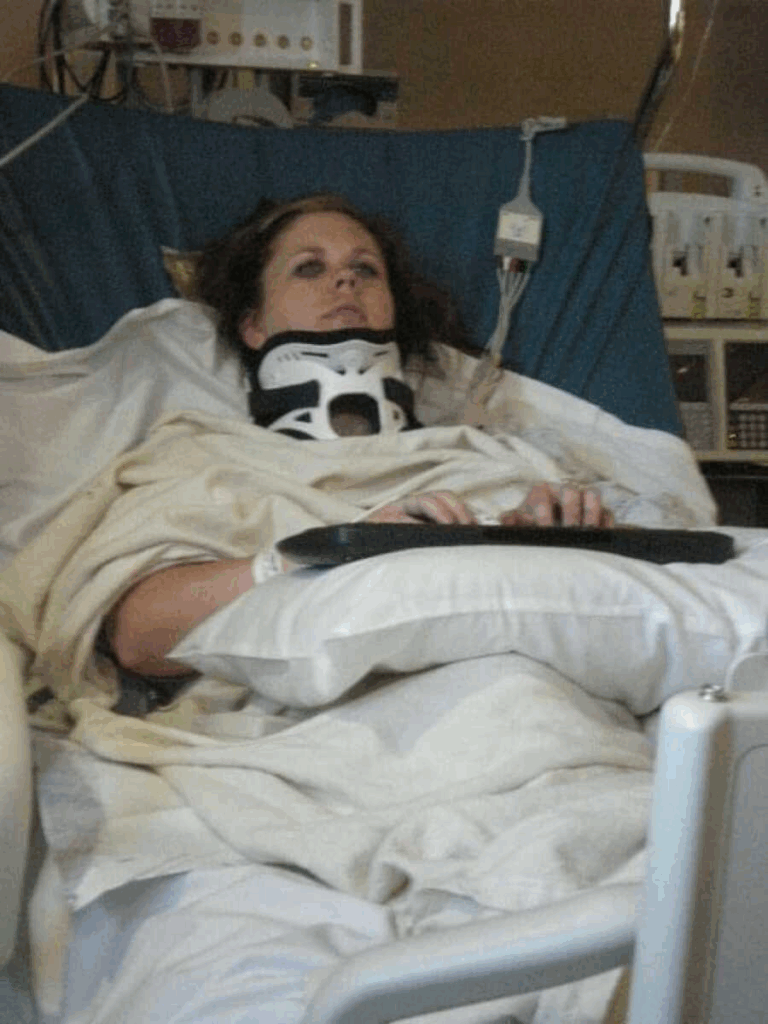
The move couldn’t muffle what came next. Anxiety and depression had always been nearby, but the crash turned the volume up. Riding in cars triggered panic. She cried often. Friends meant well but didn’t grasp how unsafe she felt. She drank more, ate to numb the dread, and the physical pain lingered. When she finally asked a doctor for help, medication came quickly. Relief didn’t. Instead of feeling better, she floated, foggy, detached, not happy, not sad, just flat. Teaching, once joyful, became heavy. A student’s quiet question, “Are you okay?” was when she knew she needed a different plan.
And then she met Jourdan. He was kind in a steady, unshowy way. She tried to push him away, convinced she didn’t deserve it, and he stayed. In 2013, she resigned from teaching. It hurt; she loved her students. But it was right. Around then, a massage therapist friend worked on her neck and, hearing about the anxiety that had spread into every corner of life, suggested essential oils. She laughed at the “witchcraft,” then took home tiny samples because she trusted her friend. They helped. She began to feel like herself again.
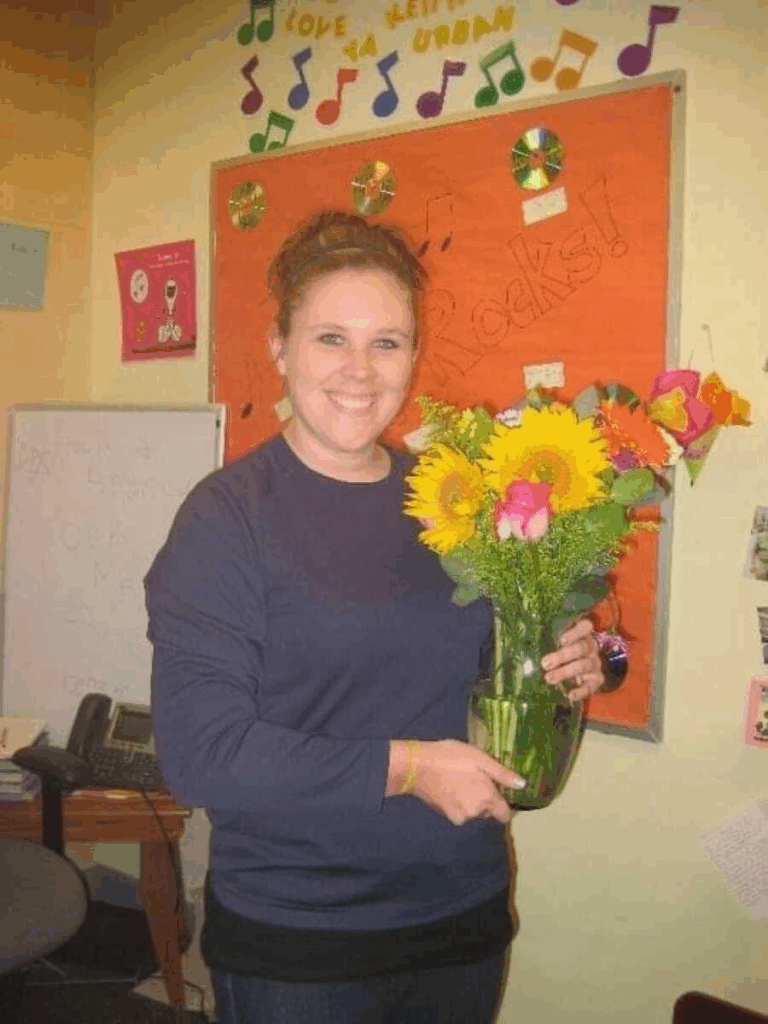
She shifted to movement, teaching Zumba and group fitness. It scratched the teaching itch and lifted her spirit. In September 2013, she and Jourdan got engaged. Life felt complete and possible, even if the schedule was exhausting. Her interest in whole-person health grew. 2014 she enrolled at the Institute for Integrative Nutrition and learned that bodies aren’t one-size-fits-all. She ate better, worked out, journaled, prayed, and deepened her Christian faith. They married that October under Colorado skies. Three weeks later, she was fired from the gym. It stung, but it cleared a path. The same friend said, “Why don’t you do the oils?” She didn’t know everything, but knew enough and believed she could learn the rest. She decided to build something new.
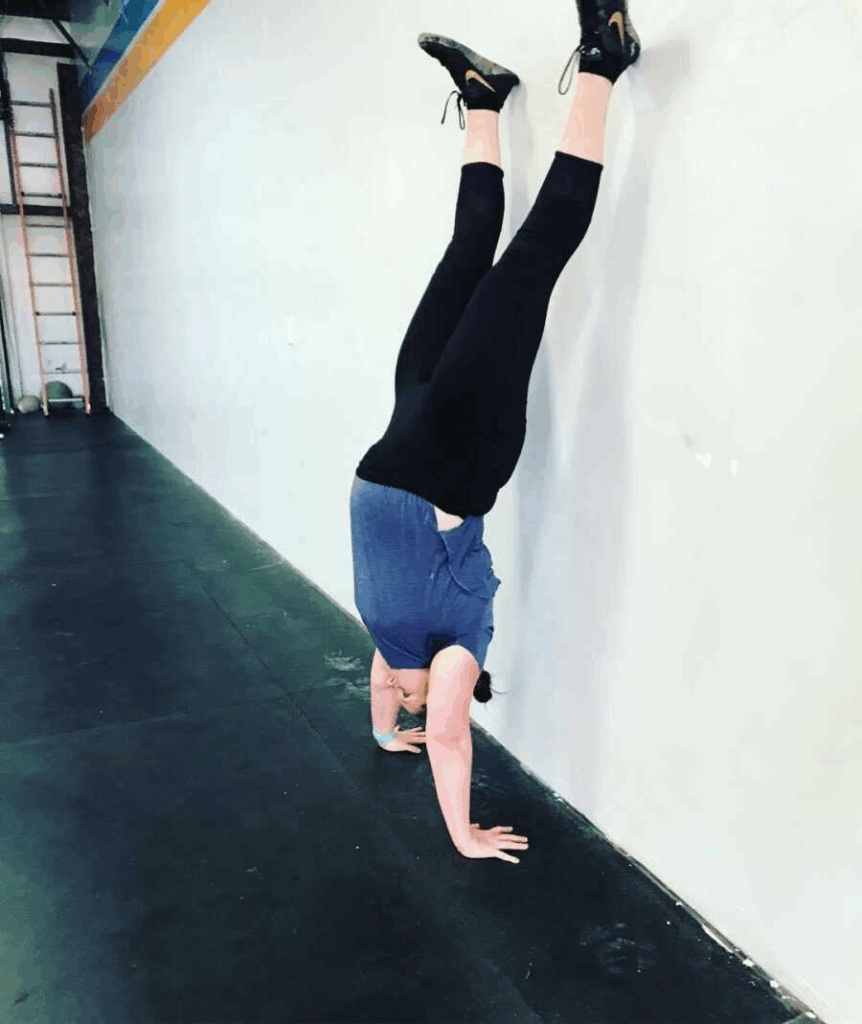
In 2016, their daughter arrived, and with her, postpartum anxiety and rage. It wasn’t the “baby blues.” It was nightmares and day visions of danger. She wouldn’t let anyone hold the baby. She isolated. Anger sparked fast; her husband carried more than anyone knew. It took ten months to call her midwife through tears and ask for another way. They chose a monitored, natural plan: omegas, supplements, movement, oils, sleep, and self-care. This time, the hope wasn’t about numbing symptoms but healing root causes.
She became active, strong, and started teaching others what she was learning. In 2018, she got pregnant again. She jokes that she had an extra teammate during a CrossFit competition the day before the positive test. Near the end of the pregnancy, Jourdan took a job in Minnesota. Offers on their old and new homes clicked into place as if guided. Their son was born on June 26, 2019, nine years to the day after the crash, on the lobby floor, ten minutes after they arrived.

The date that once meant “I almost died” became “we are alive.” With the move looming, she started an antidepressant as a bridge. It helped. Sad and excited can coexist; nervous and peaceful can too. In Minnesota, the pandemic hit before they’d settled in. Church became a lifeline; she sang on the worship team, and he taught kids. She weaned off medication and did okay until the end of 2020, when losses piled up: health scares, finances, marriage strain, grief. By 2021, life felt like a storm that wouldn’t pass.

That fall, a friend with misophonia wondered if she might have it, too. Suddenly, patterns made sense: fury at chip-crunching, the ache after crowded concerts, the overwhelm of a room full of students, the newborn’s nonstop cries. Triggers weren’t just sounds; scents and textures set her off, even chalk. Naming it didn’t cure it, but it gave her a map. She started using white noise, earplugs, grounding, prayer, meditation, and oils. And she tried therapy, nervous she’d have to retell her story endlessly, only to connect with the right person on the first try.
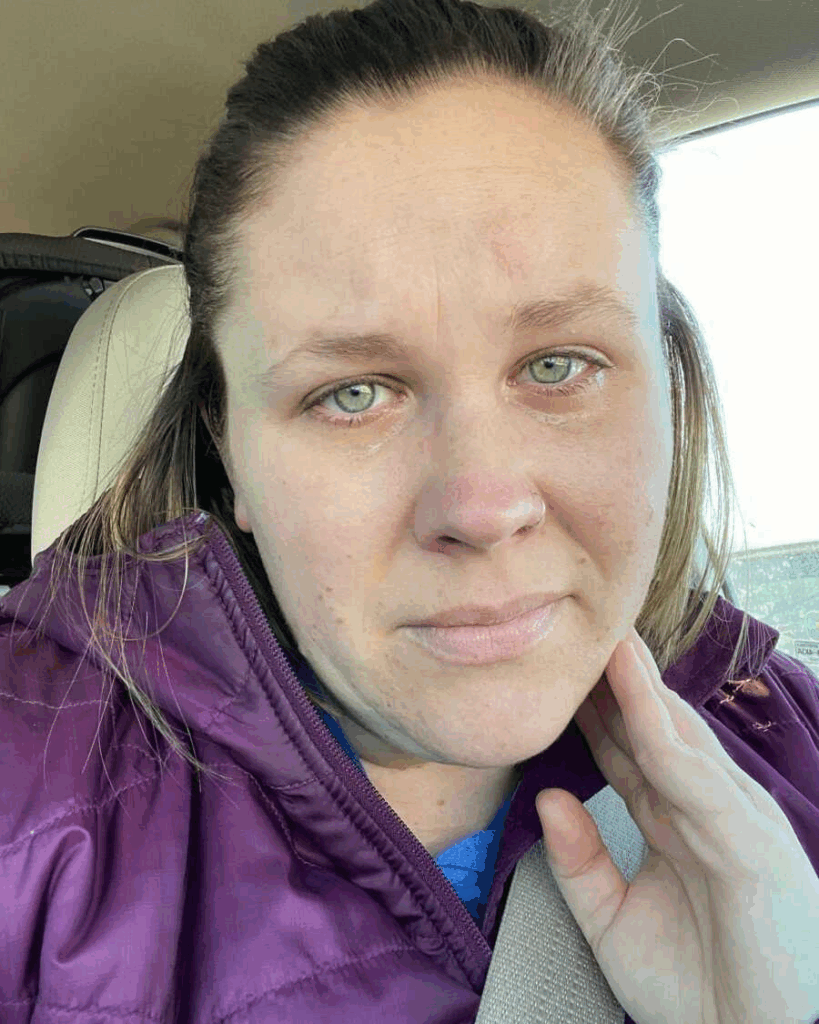
Session by session, she collected tools and chose her own healing. She began speaking openly online to chip away at stigma. It was worth every tear if one honest post helped one feel less alone. Her message is simple: you’re not broken for needing help. Light doesn’t have to be loud to be real; sometimes it’s a nap, a walk, a prayer, a pill, a journal page, a deep breath. They add up.
